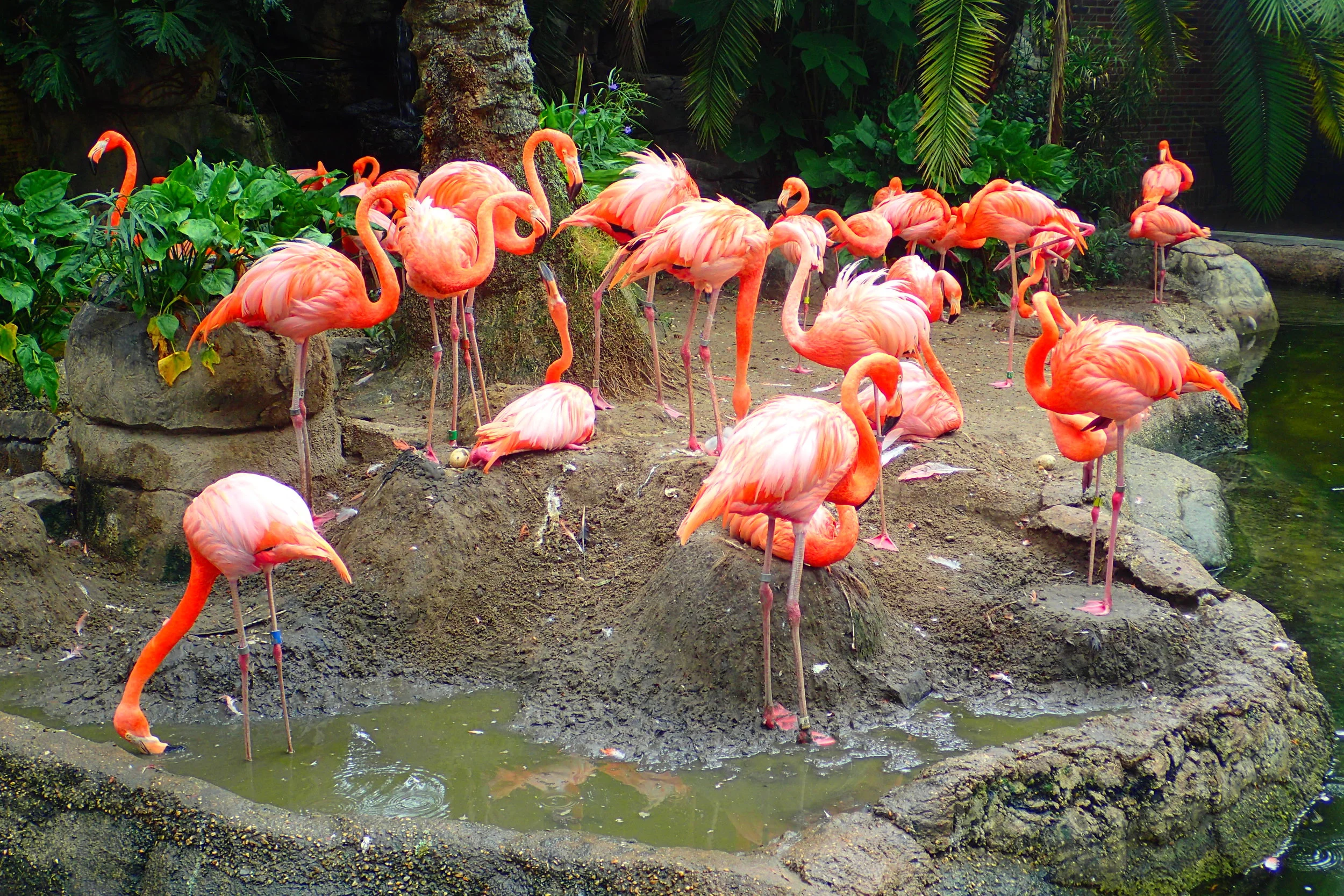I have a confession: I accidentally broke into the Audubon Zoo while visiting New Orleans.
Well, perhaps breaking in is an exaggeration. I wandered in through the exit without realizing I was bypassing the admission fee.
Sometimes people make honest mistakes in their life. Sometimes they take advantage of loopholes. My situation fell somewhere in between. And I'll tell you why I felt guilty about it. No, I did not feel guilty that I didn't pay. I felt guilty because I had an epiphany: The caged animals in that zoo are a mirror image of the human race.
Allow me to explain.
I’ve visited many cities during my travels, falling in love over and over again with each. Cities like Reykjavik, Berlin, Chiang Mai, Wellington, and Melbourne all captured my heart in different ways. But I did not fall in love with any of these cities like I fell in love with Singapore.
The Singapore Government poured $35 million into one area of the city—Marina Bay. Money well spent, as the product is a masterpiece of architectural wonders, floral landscaping, and waterfront beautification. I could not stop snapping photos during my few hours spent between flights here. Marina Bay easily left me in awe with the city as a whole. Now I know I must go back—especially to see it at night and to stay at its mesmerizing, world class hotel.
In celebration of the month of June, this post is about my experience attending Auckland Pride this year. New Zealand’s most populated city hosts their LGBT Pride parade, or as they call it “Hero Parade,” in February rather than in June (Pride month in the USA).
The parade and LGBT people were not always so accepted in New Zealand, however, and LGBT needs continue to be ignored by the NZ government.
I spent 2 weeks visiting Berlin where I stayed in the neighborhood of Kreuzberg. I walked all over this neighborhood and got to know it very well. Walking around there, I couldn’t help but notice all of the amazing street art everywhere I looked. While I could admire the street art for what it was, I knew absolutely nothing about any of it. Who did it? Were they allowed to paint there or was it illegal? Is it valued by locals or seen as a defamation of property?
ll of these questions and more were, thankfully, answered by going on a free (tip-based) walking tour with Alternative Berlin. This tour was perfect for getting an authentic, off-the-beaten path understanding of the Kreuzberg neighborhood and culture. Guided by an Australian turned Kreuzberger/Berliner, I learned so many stories about the counter-culture and community of Kreuzberg, including its street art, squatter settlements, neighborhood resistance against capitalism and authority, and much more. I gained so much respect for Berlin and its people as a result of the knowledge I gained from this tour. So I am very excited to finally get to share these stories now!
The name Dachau typically conjures up horrible images among foreigners. Among Deutschland natives, the name brings up feelings of shame about Germany’s past. When I told others I was going to be visiting relatives in Dachau, they usually looked at me quizzically before asking, "Oh! So you’re going to visit the concentration camp?” Yes, Dachau is the name of one of the most infamous concentration camps in Germany. Yes, I did visit the camp during my stay. But Dachau is not only a concentration camp—it’s also a town populated by over 45,000 people. Two of those people are my cousin and her partner.
The both of them are well aware of what comes to mind whenever Dachau is named. They told me Dachau residentsdrive and park their cars around Germany and the rest of Europe at their own risk. With license plates sporting the name Dachau from local dealerships, resident’s vehicles have been known to be vandalized as a result of the strong emotional response tied to the town’s name. Declaring hometown pride for Dachau must be challenging for residents. I certainly can understand the difficulty seeing the name stamped on someone’s car, like a badge of hate. At the same time, it's important to realize the name also represents a small town along the River Amper in Bavaria. This is why I’ve decided to write about the concentration camp and the town in this post.






